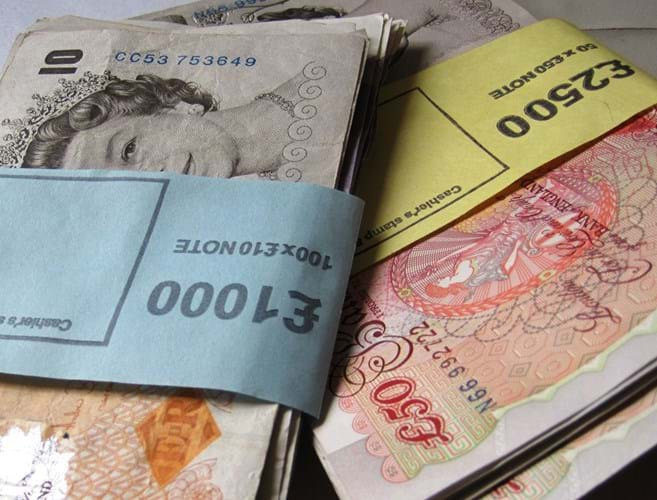
The European Union’s Fifth Anti-Money Laundering Directive will come into effect by January next year and is designed to make the transfer of assets more transparent and to encourage the reporting of suspicious activity.
Among the changes is the requirement to verify identities and conduct appropriate due diligence checks for transactions of €10,000 or more, as well as any series of lower-value ‘linked transactions’ that can add up to €10,000 or more, irrespective of the method of payment. Previously in the UK, such checks were necessary only for cash transactions of €10,000 or more.
The consultation on the new law in the UK is open until midnight on Monday, June 10.
HM Treasury says there are “unique” risks to the art market because “paintings and drawings can be attractive to money launderers as they can be easier to store and transport. There is also an element of opacity, or lack of transparency, that is often cited as an issue in relation to art transactions as well as problems in ascertaining provenance.”
It also said that it had identified issues “around auctions [where] the eventual price which an artwork will achieve can be difficult to predict.
“This makes it challenging to determine in advance whether the value of a transaction will meet the €10,000 threshold.”
The consultation can be found on HM Treasury’s website via atg.news/moneylaunder or email public.enquiries@hmtreasury.gov.uk
Read ATG's guide to Money Laundering Regulations














